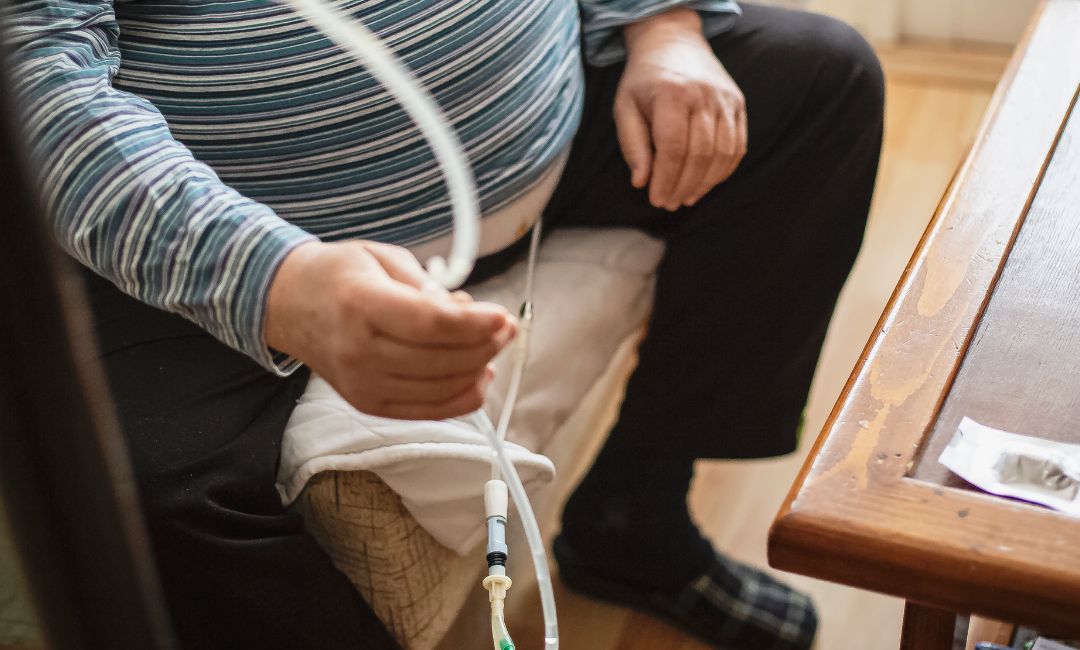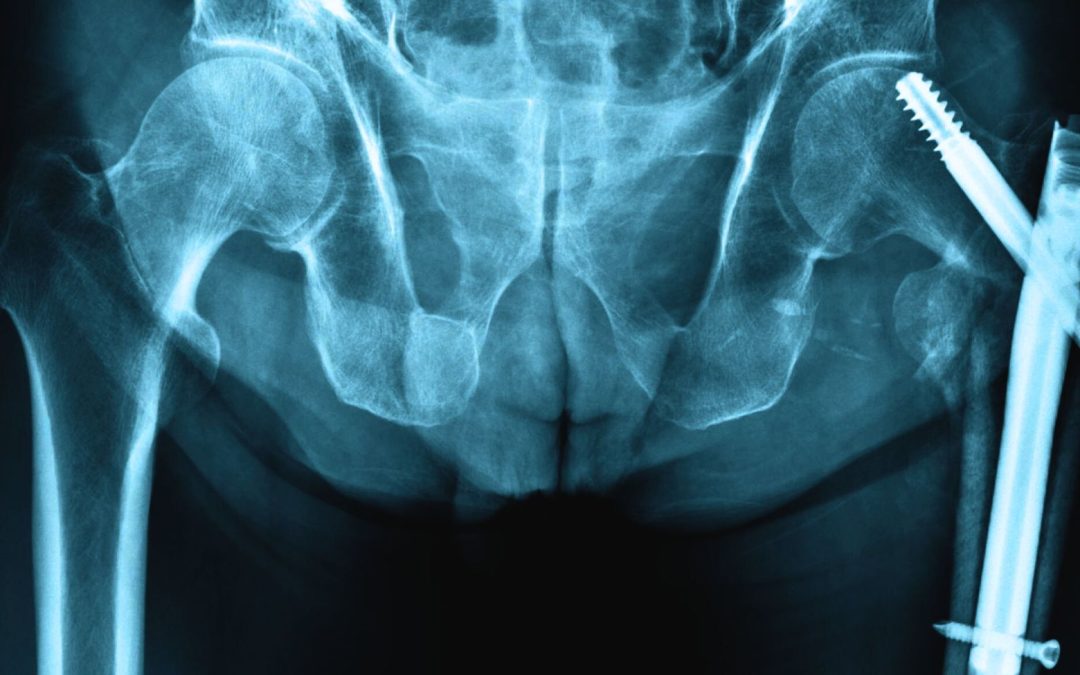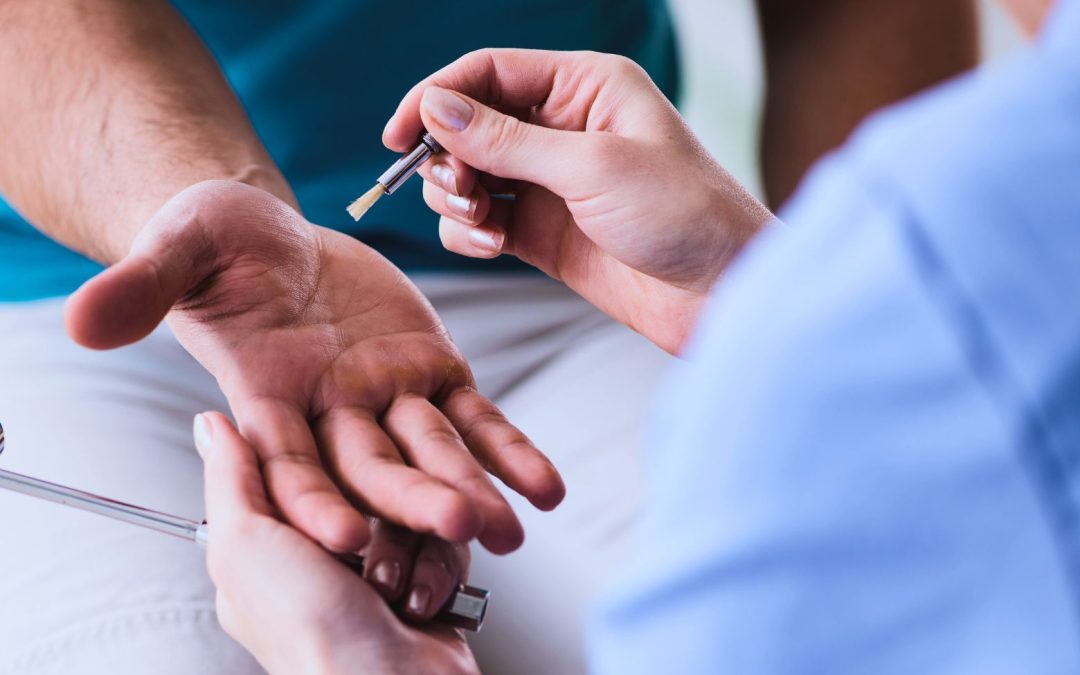The Differences
Many times, a disability caregiver fail to understand the differing characteristics of developmental disabilities (DD) and mental illness. Even though they are two separate diagnoses, a correlation exists between the two.
With the increasing number of mental health issues among individuals with DD, it is sometimes difficult to differentiate the two, and is easy to misunderstand defining characteristics.
One needs to be aware that there is a defining relationship that exists between the two and that one reciprocally affects the other.
However, the differences must be distinctive so proper understanding, treatment options, and medical interventions can be made accurately for this special population to receive the care they need and deserve.
Developmental Disabilities
According to the Centers for Disease Control (CDC), developmental disabilities consist of a group of conditions due to impairments related to physical, learning, language, or behavioral areas.
These often begin during the developmental period but can also occur due to life events or traumatic injuries.
These conditions have the potential to impact day-to-day functioning, and usually last throughout a person’s lifetime. These individuals are typically diagnosed when a patient is younger than 18 years of age and the diagnosis stays with the patient for a lifetime.
Mental Health Issues
Mental health issues and illnesses may not be lifelong, but temporary occurrences or episodes.
These issues can include mood disorders, anxiety disorders, and psychotic disorders that can change an individual’s thought processes and perceptions. Mental illness can begin in early childhood or may not present itself later as an adult.









